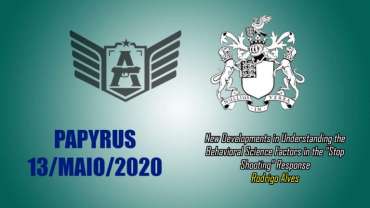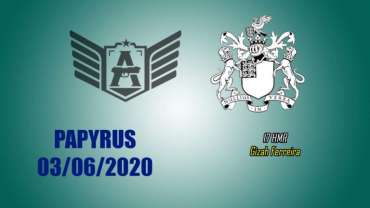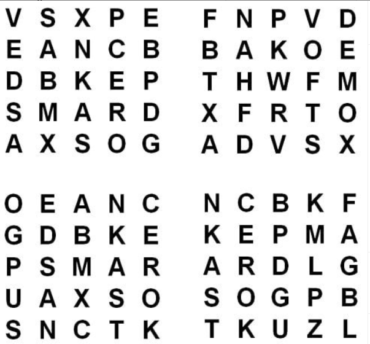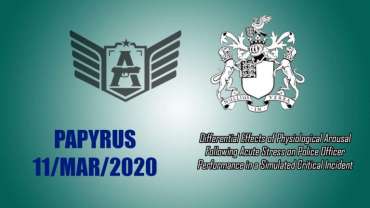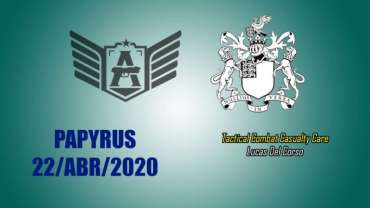New Developments in Understanding the Behavioral Science Factors in the “Stop Shooting” Response
William J. Lewinski, PhD, Director, Force Science Research Center, Minnesota State University, Mankato, CEO, Force Science Institute, Ltd.Christa Redmann, Bethany Lutheran College/Force Science Institute, Ltd.(Research at FSRC and elsewhere leads to an understanding of the behavioral reasons why officers cannot stop shooting the instant the threatening behavior of the subject ceases.)
A law enforcement officer can use deadly force with a firearm in a variety of circumstances. However, once that officer has used deadly force, the microscope of the investigators, his or her department, the courts, and society will focus on the circumstances of the shooting and the officer’s response(s) to those circumstances. Inherent within this investigation will be a close scrutiny on two phases of the shooting. First, the officer’s decision and/or reaction to start shooting and then the officer’s decision and/or reaction to stop shooting. For understandable reasons, in lethal force encounters, the officer’s primary focus is usually on surviving threats to his or her life, and most of the officer’s preparation and training has focused on the officer’s responses that would most likely guarantee that survival. Very little attention if any is focused on immediately stopping shooting when the lethal threat changes—even if stopping immediately was humanly possible.

